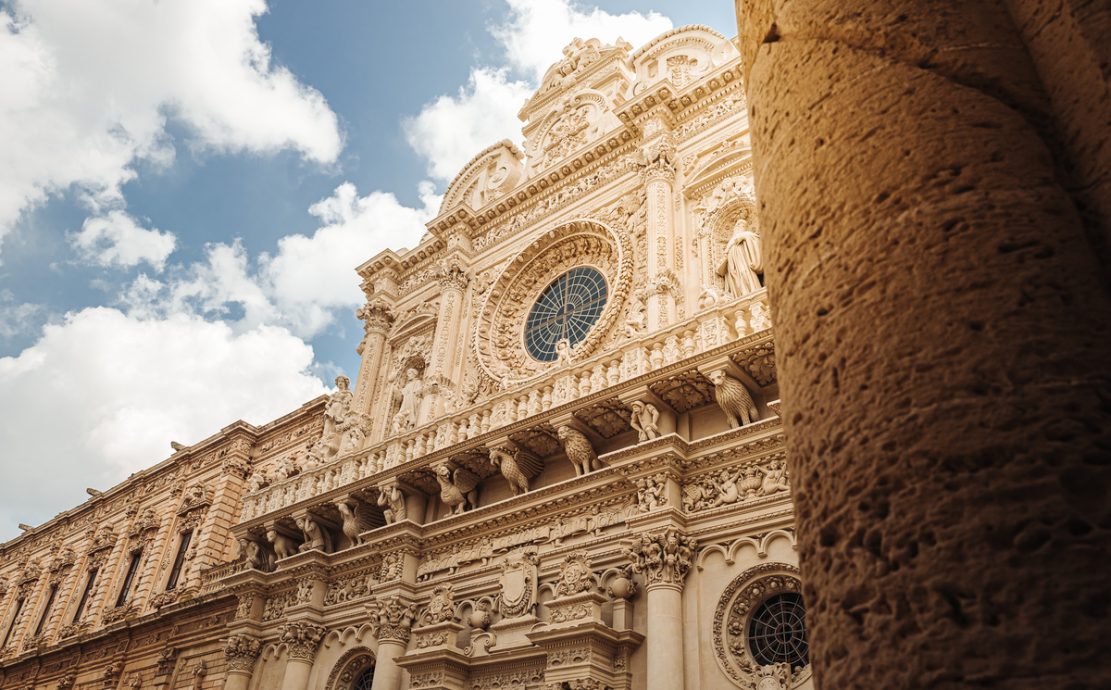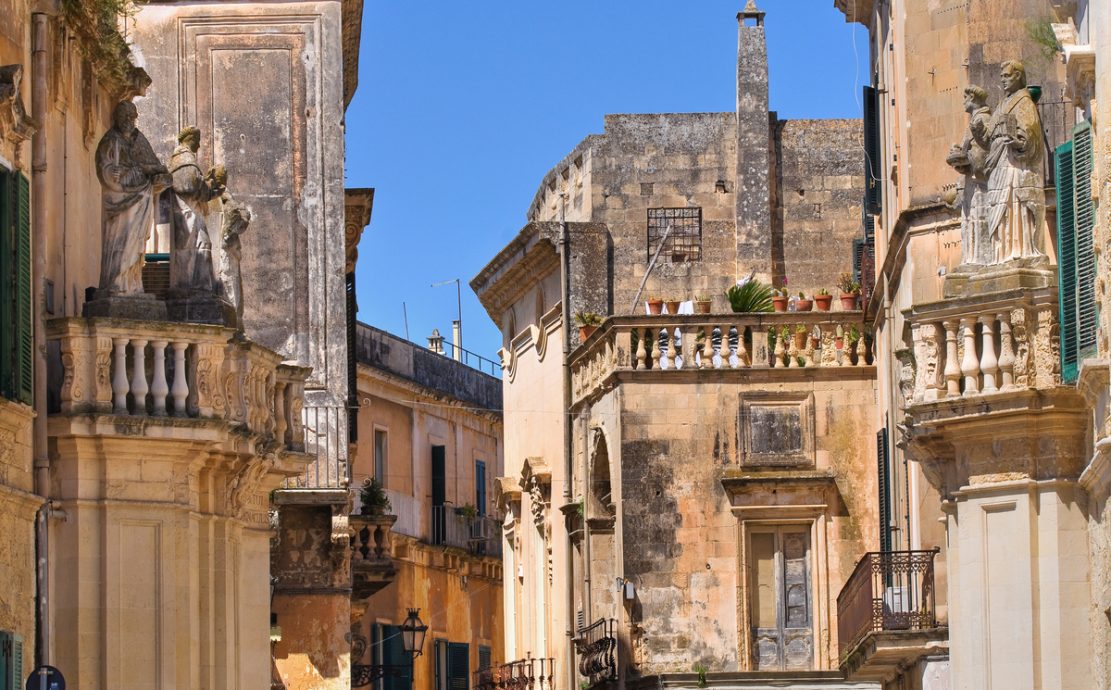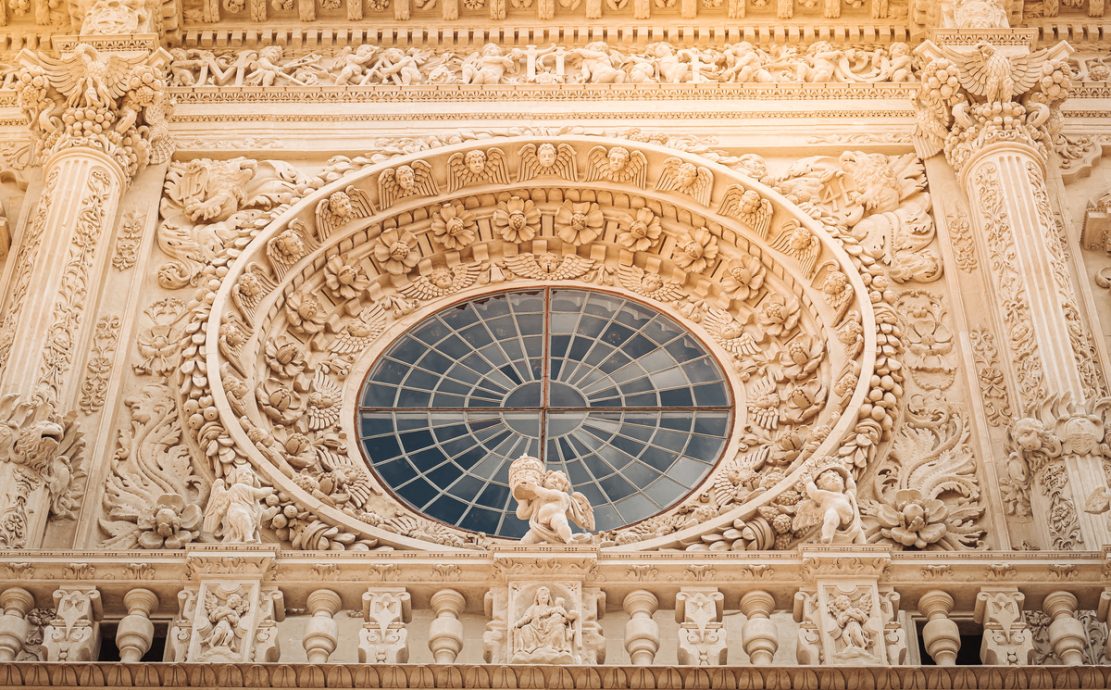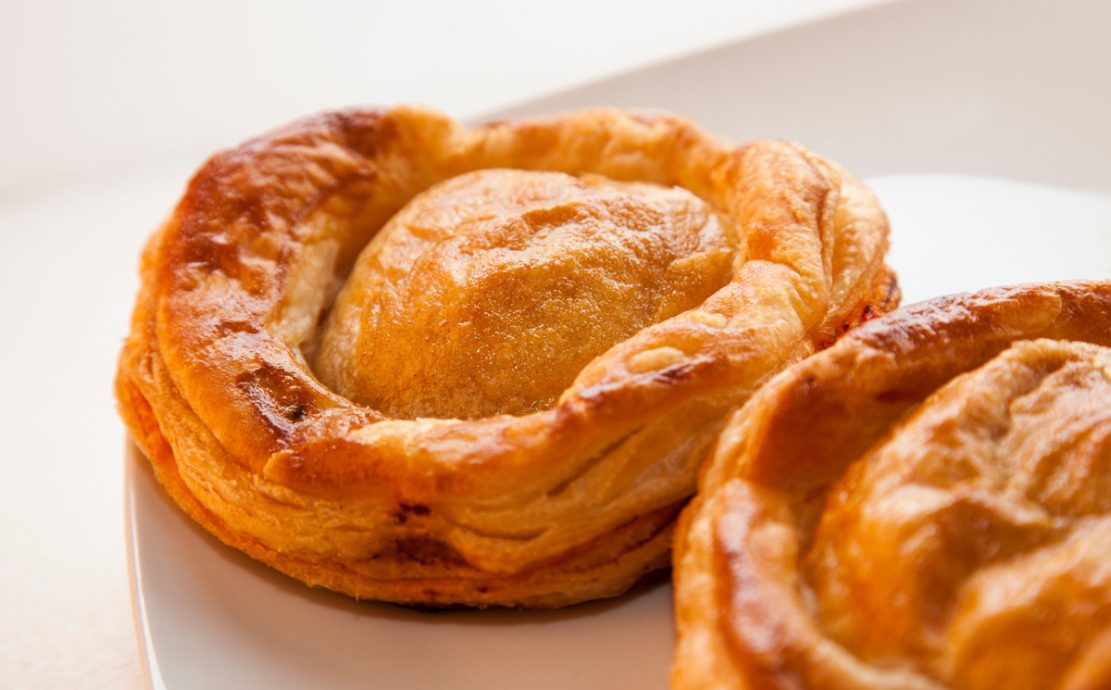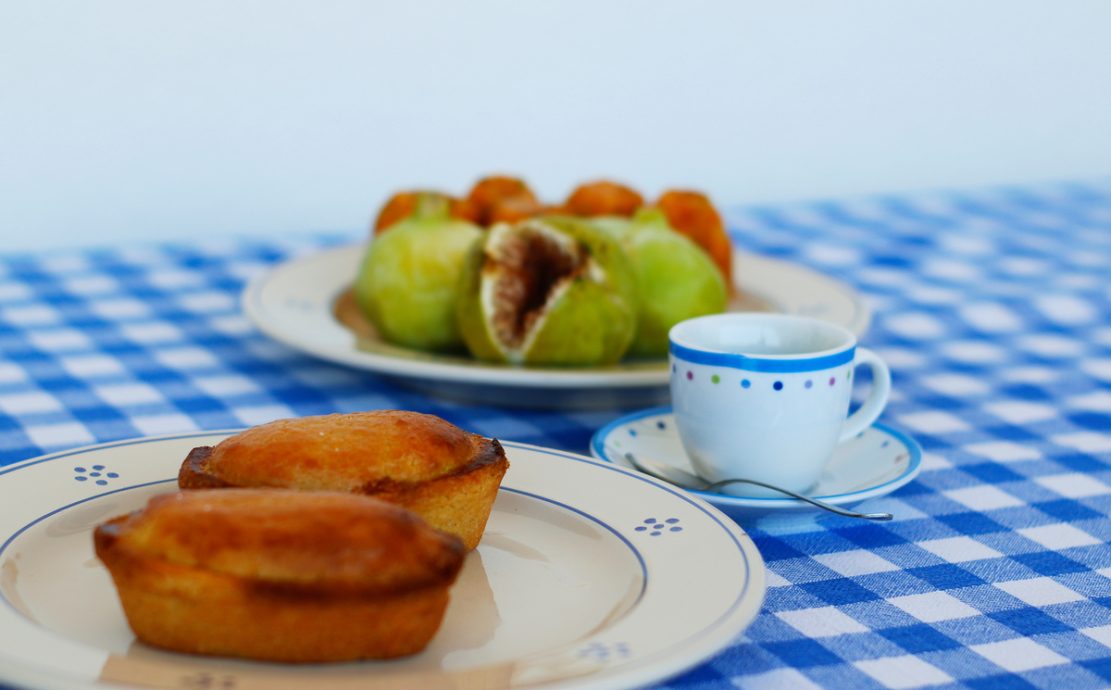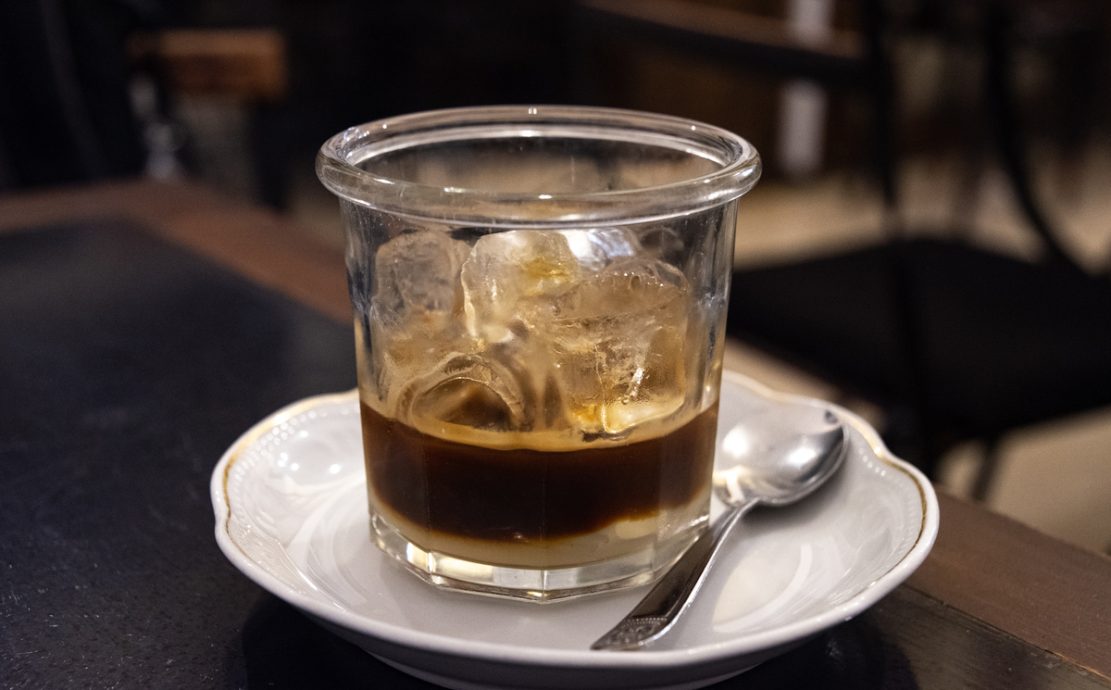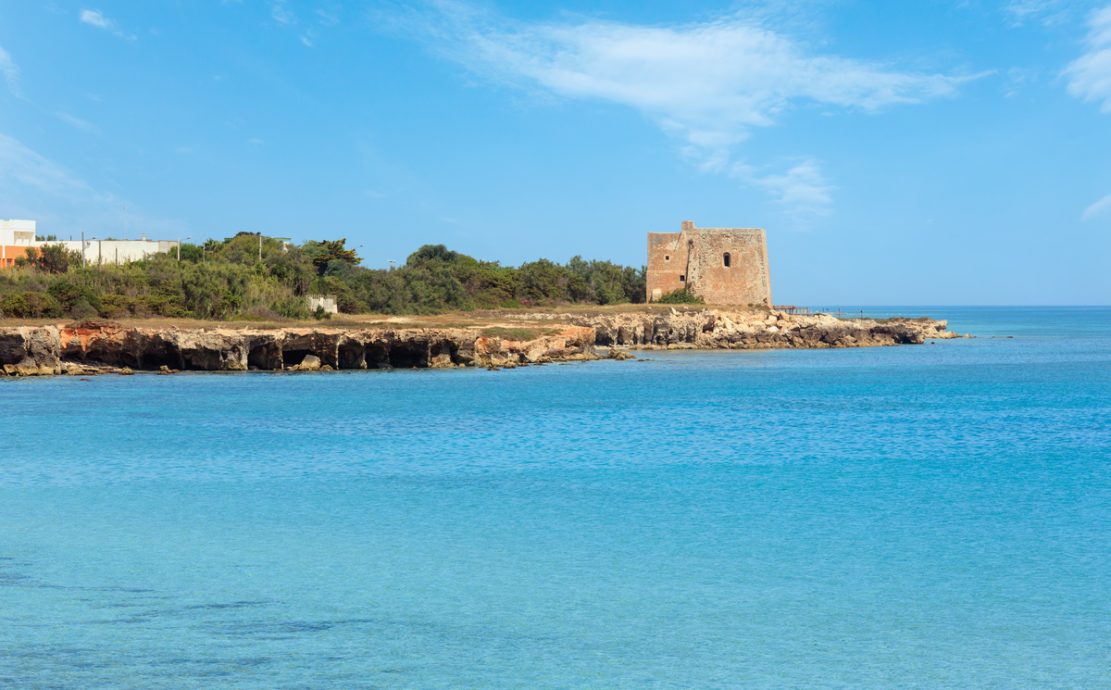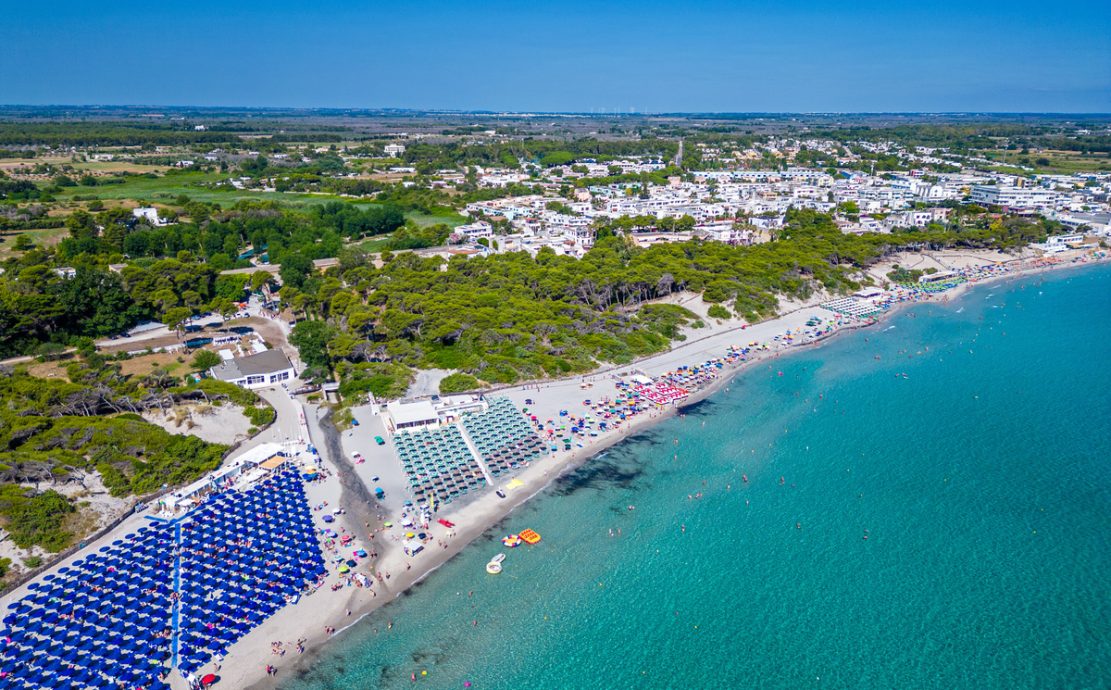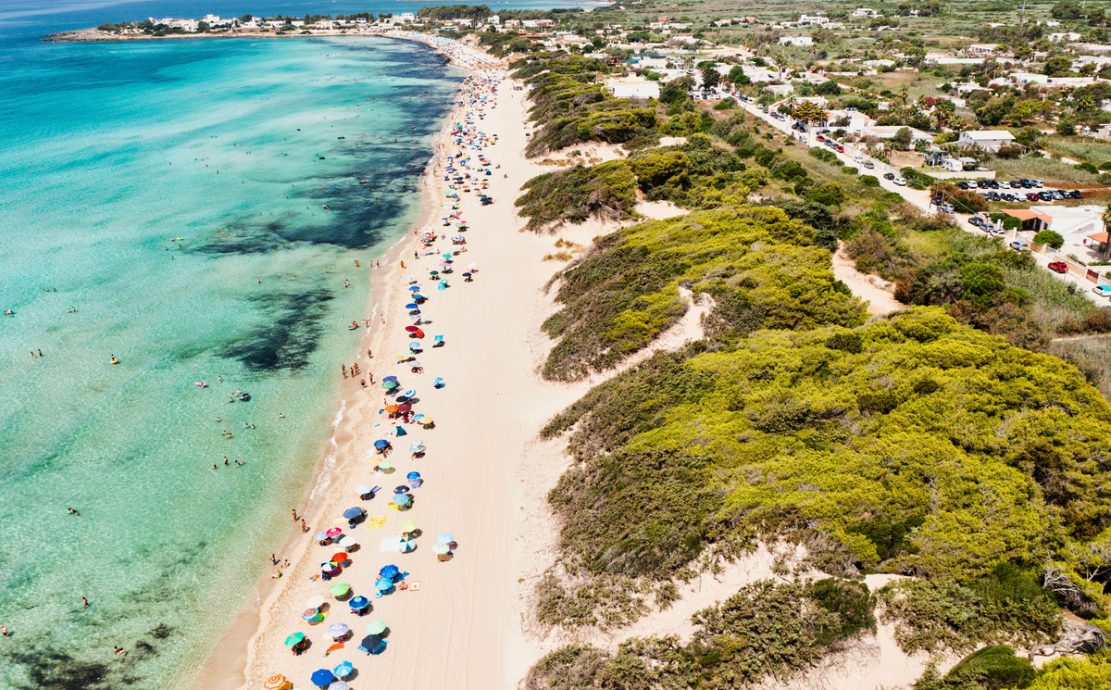Lecce and the Salento
The magic of the Baroque awaits you
Discover the Salento
Discover Lecce and the Salento through its flavours, natural beauty, and historical wonders. Every corner of this land tells a story, to be tasted in its typical dishes, experienced on its unspoilt beaches, and admired in its monuments and Baroque churches. Let yourself be guided on a journey through culture, tradition and breathtaking landscapes.
What to see
Lecce is a city that enchants anyone wishing to explore it from different perspectives, offering experiences ranging from art, history and nature. Here are some ideas for thematic tours, perfect for discovering the many facets of the city…
What to Eat
Salento food is one of the most fascinating reasons to choose a holiday in Lecce and the surrounding towns. Authentic flavours, recipes handed down from generation to generation and genuine ingredients make every meal an unforgettable moment. Let’s discover together the typical specialities that cannot be missed during a stay in Salento, for a unique culinary experience…
Beaches in the surroundings
Lecce is undoubtedly the city that symbolises the Salento, thanks to the Baroque style that embellishes many of its most iconic monuments. Although not directly facing the sea, its inland location makes it an ideal starting point to reach some of the most beautiful beaches in Salento…



